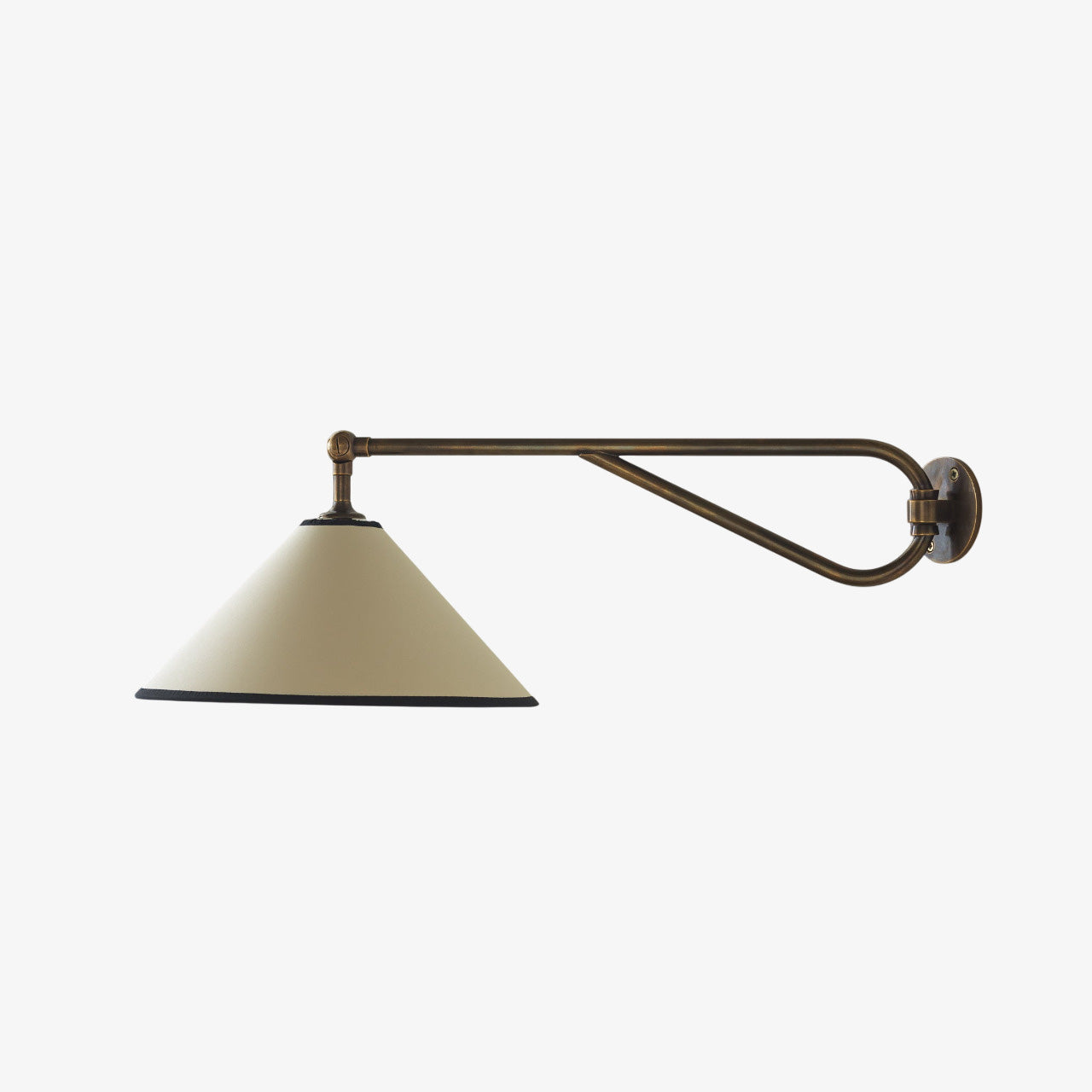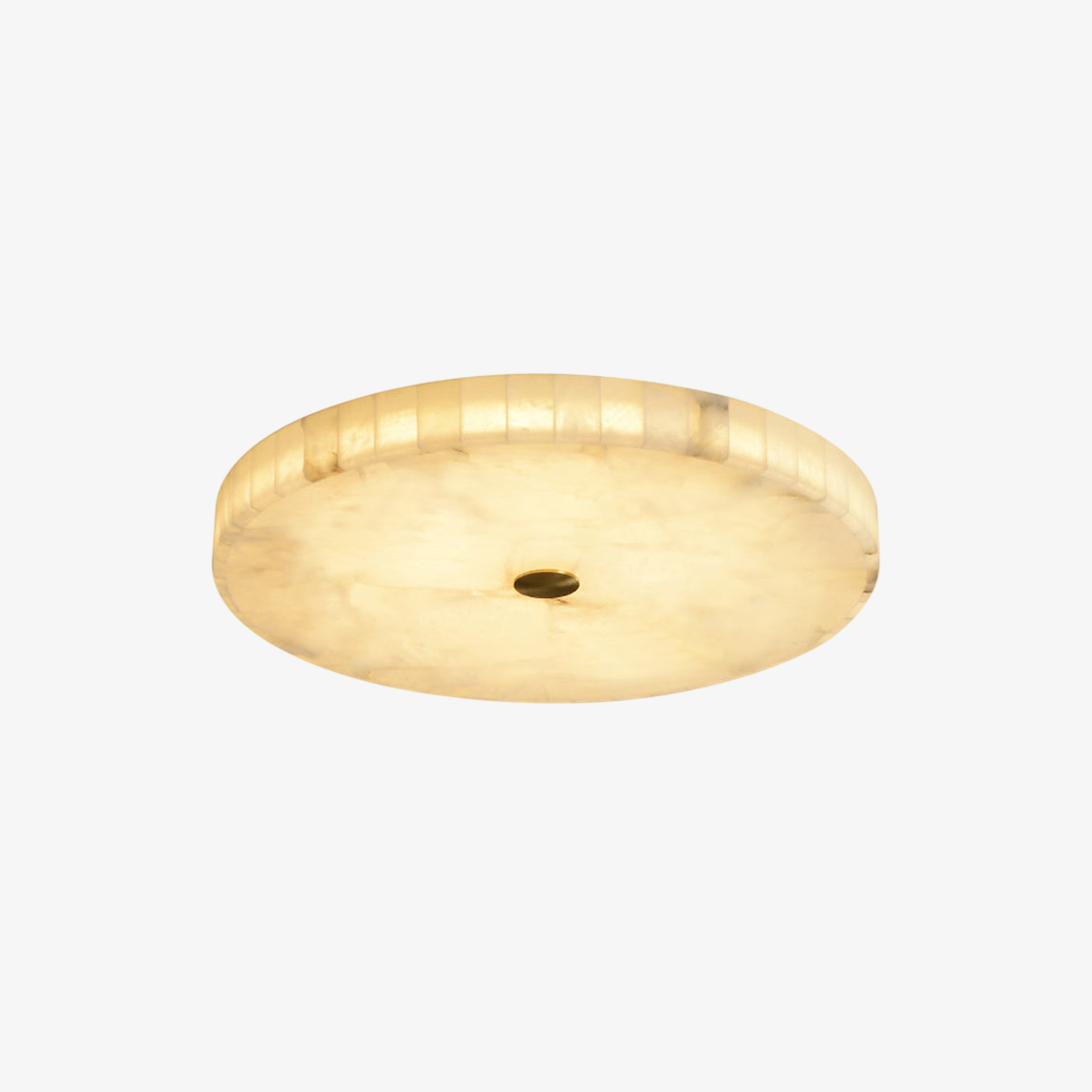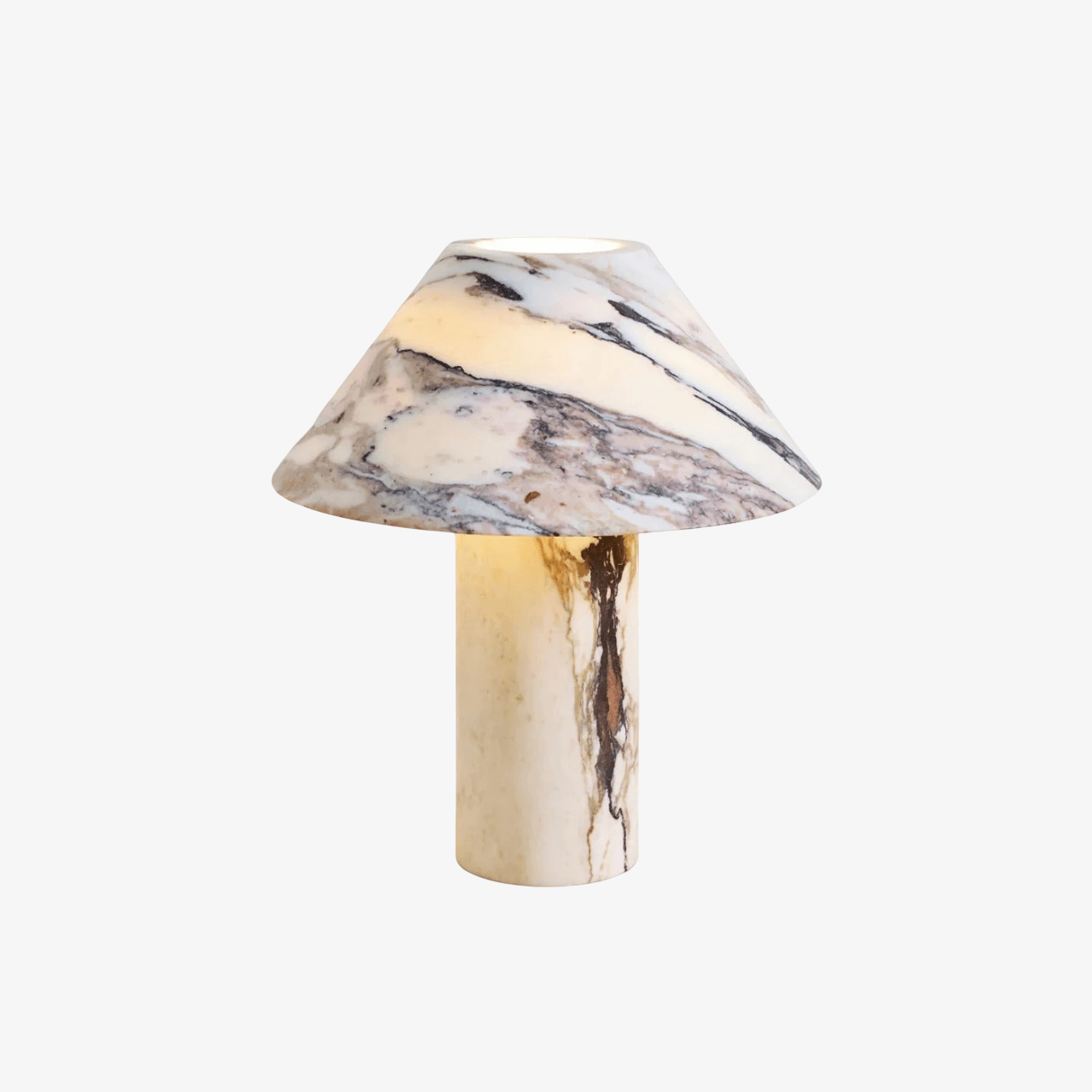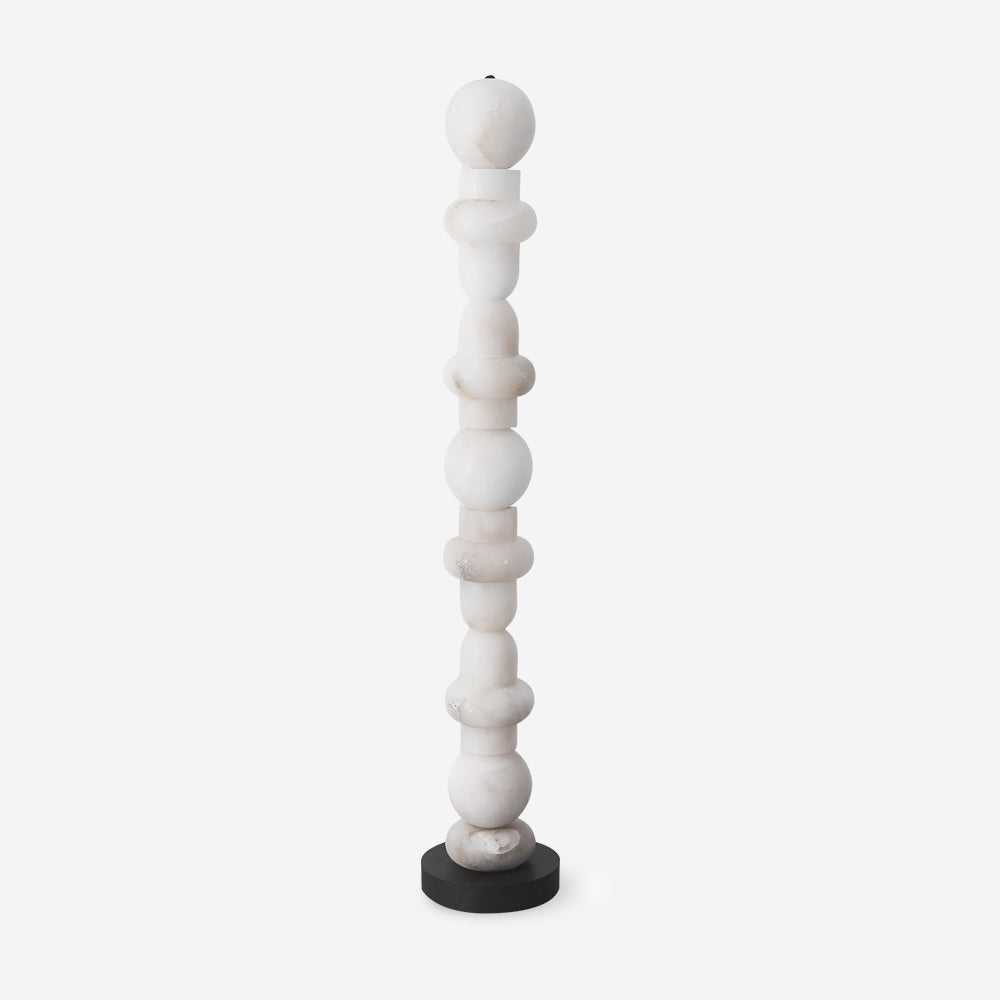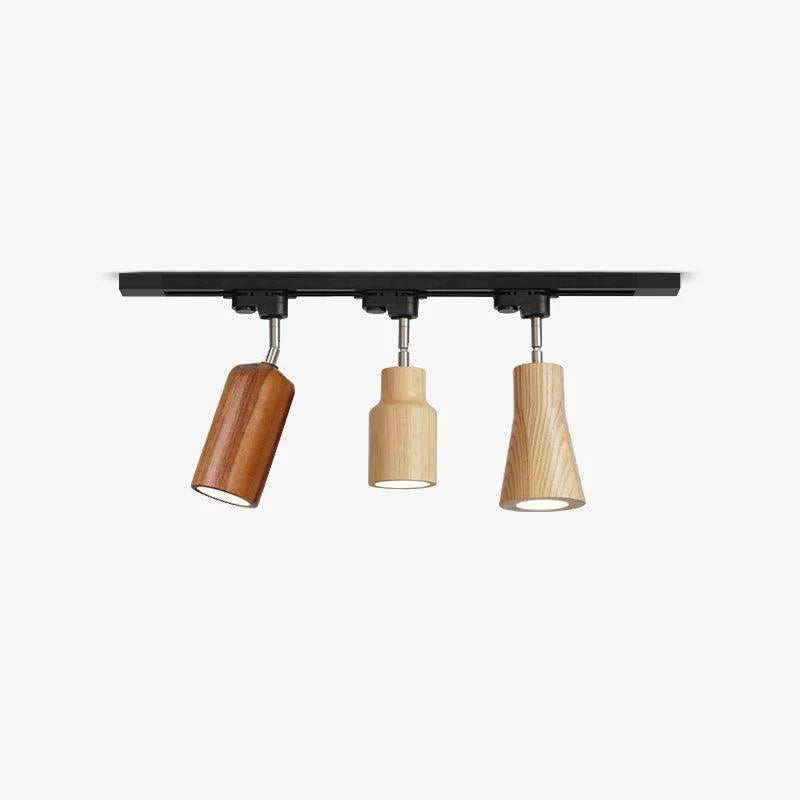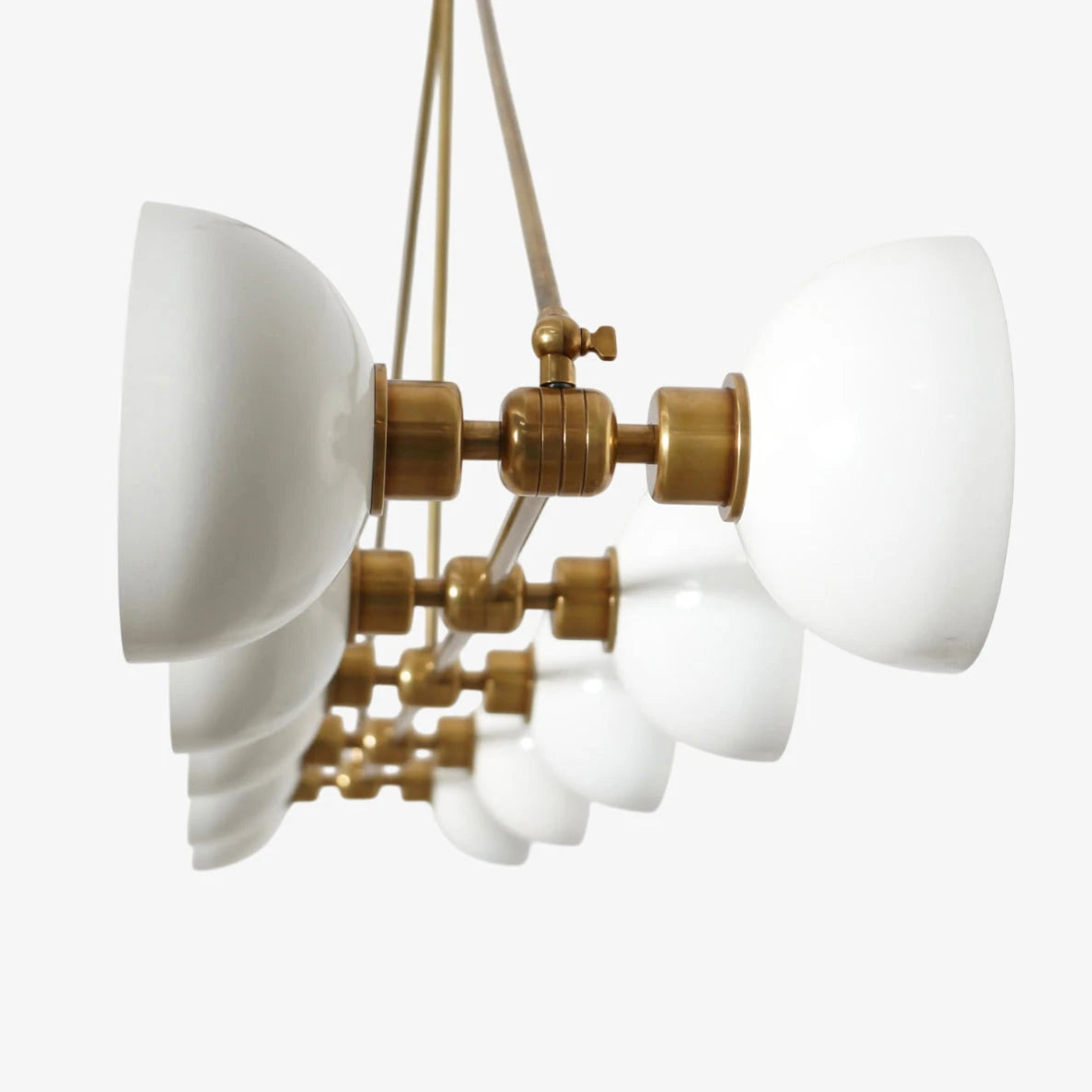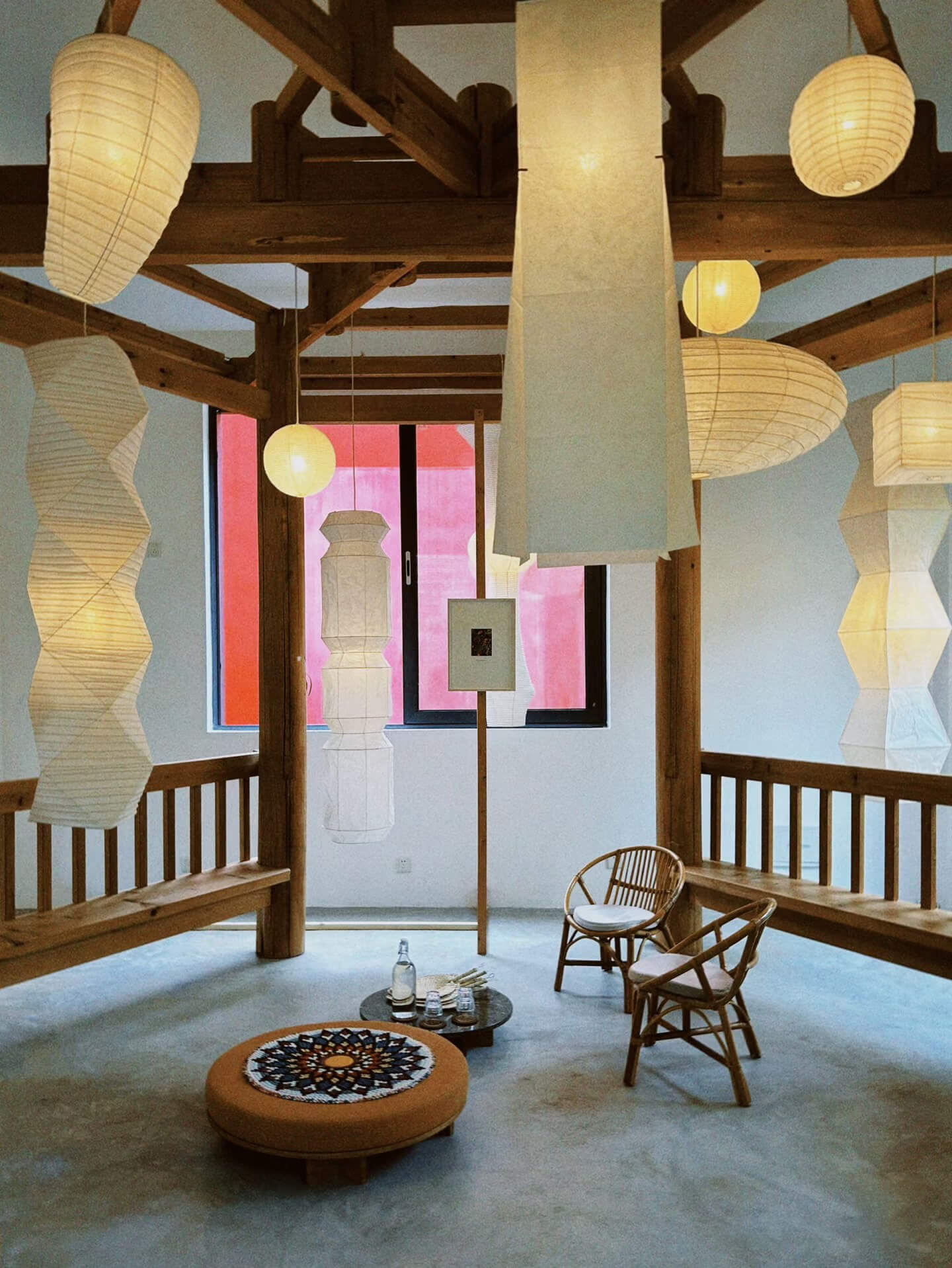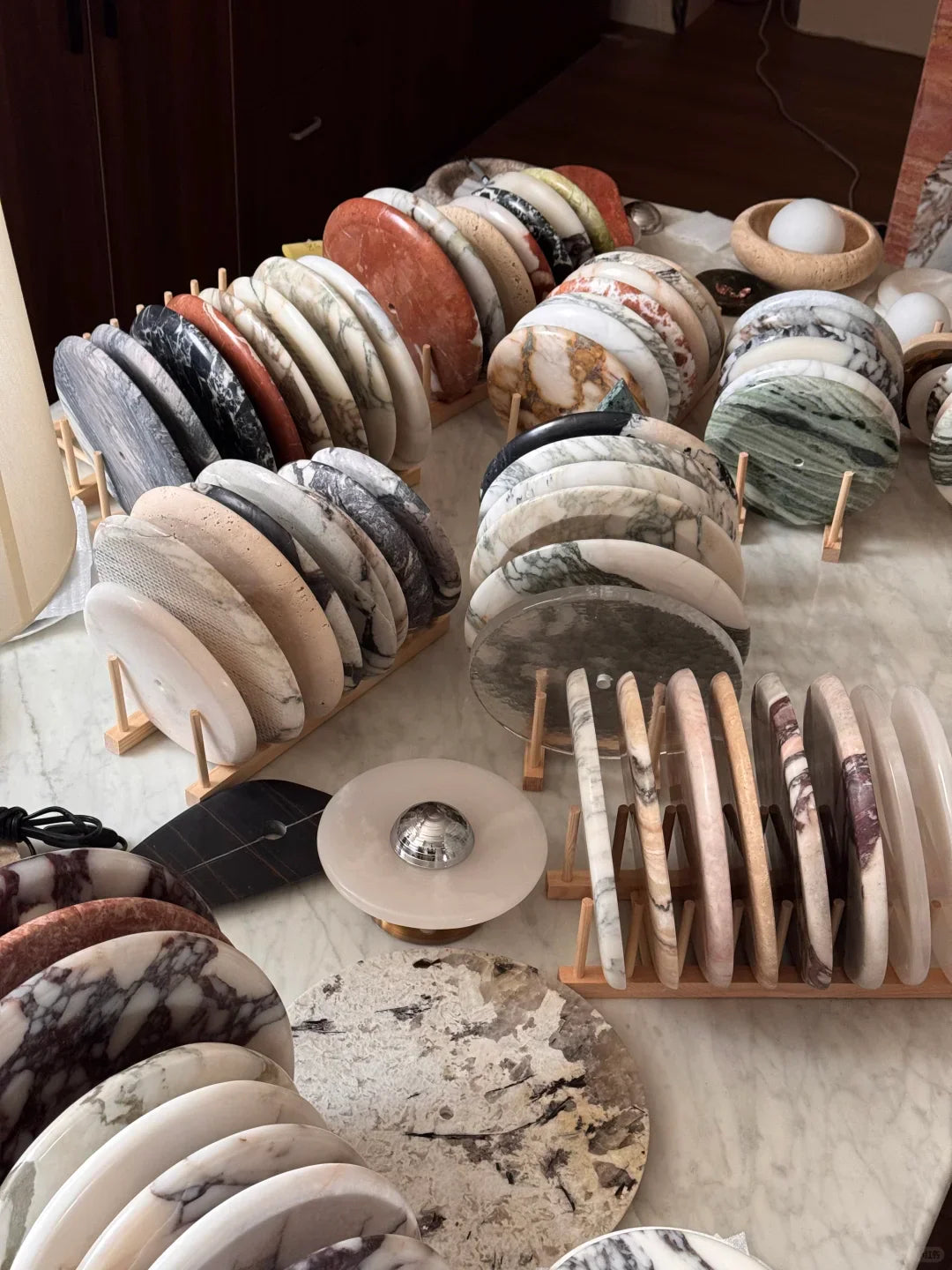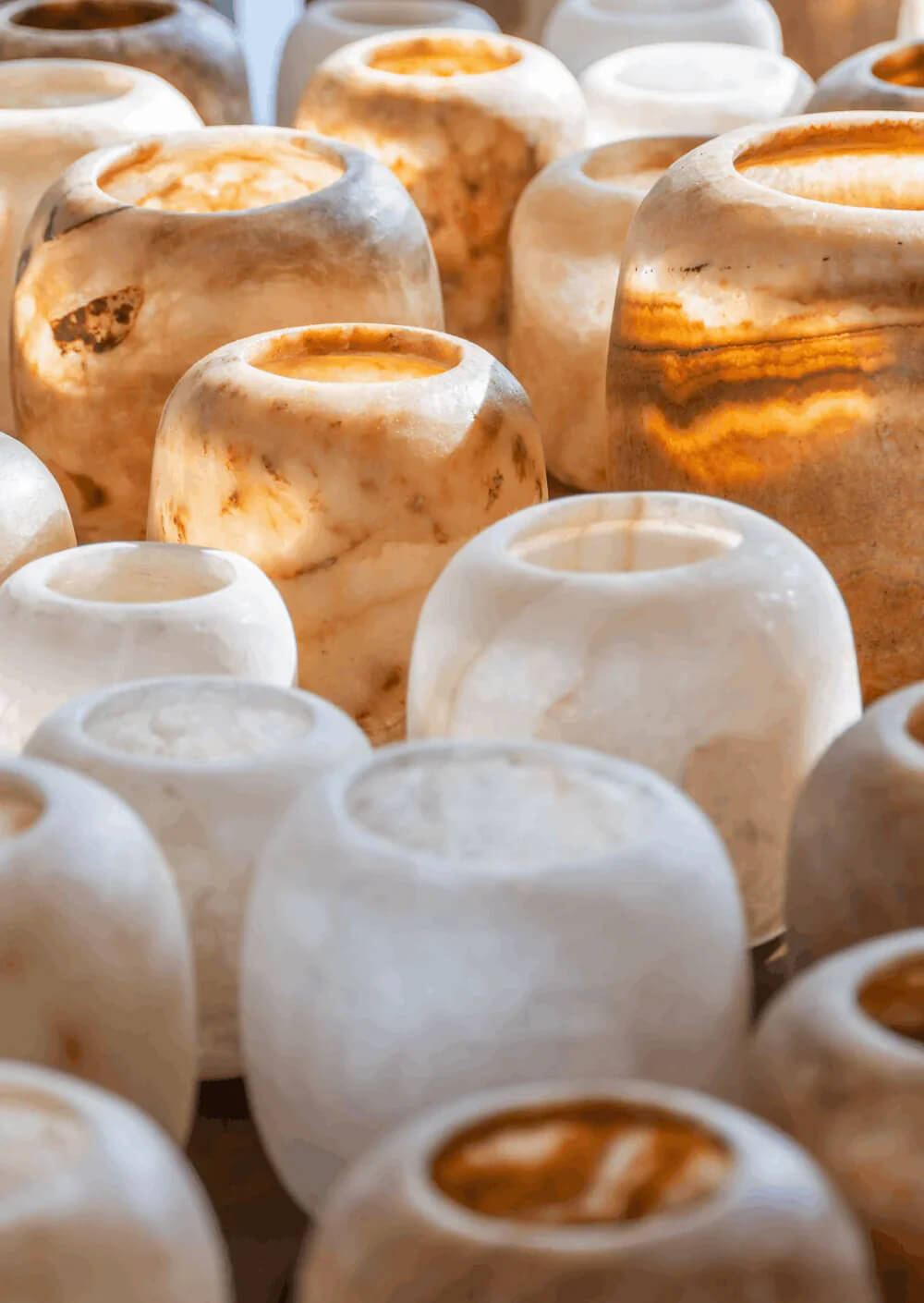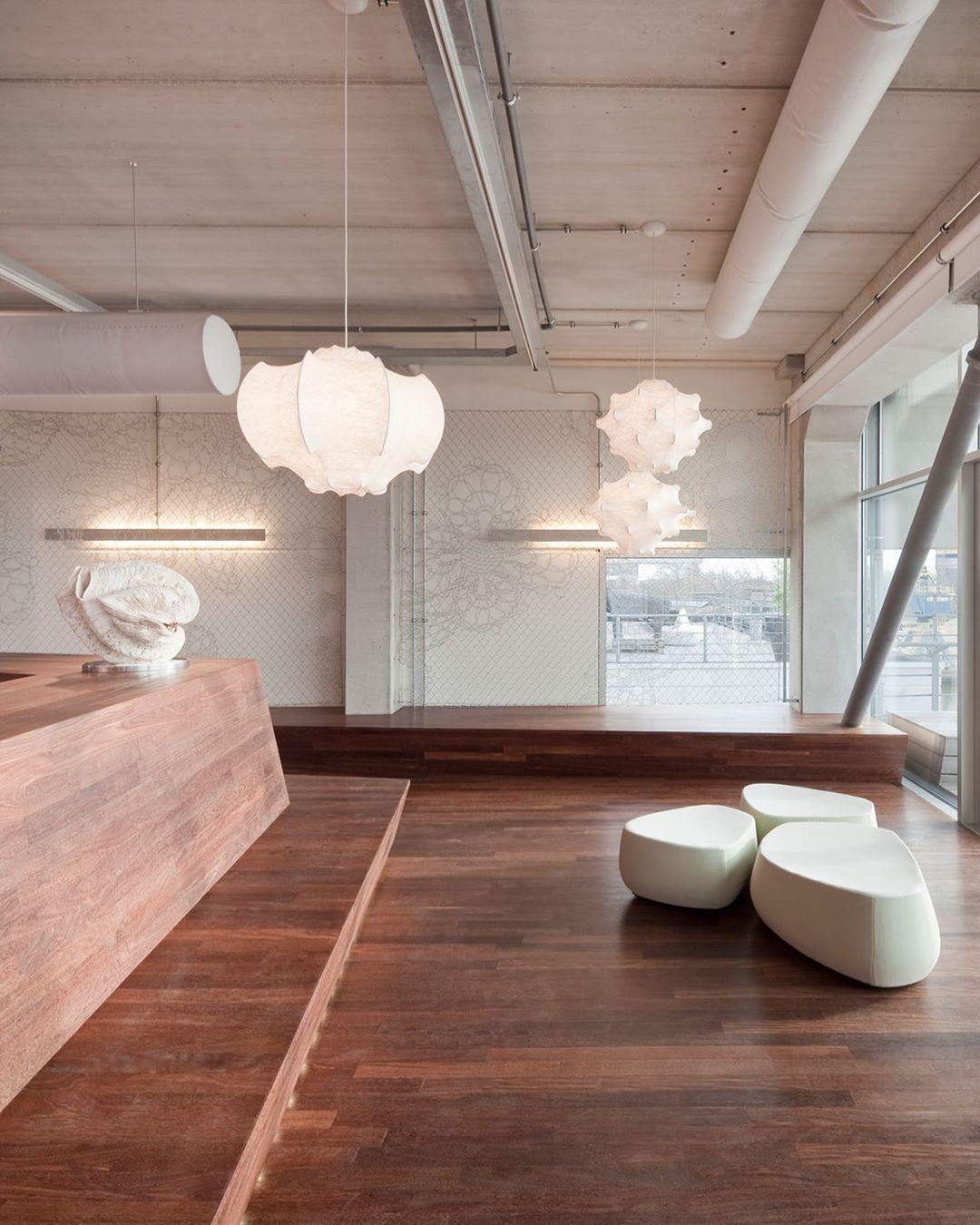
How to Pick the Best Light Source For Your Lamp?
Last update on 24th March, 2024.
Overview
Lunrlighting provide many options of LED light source, you could find the default option in product specification. But if you want to change it as condition of your space/ room, it's absolutely welcome and necessary to contact us to confirm what kinds of source you want. For better shopping experience, we want to describe the difference in LED light source.
Chapter One. LED Lighting Fixture
Section One. Wattage
With the invent of Blue LED by Shuji Nakamura in 1993, our world has been turned upside down, computers, cell phones, billboards, vehicle lights, lights, screens, all kinds of display devices, LED have taken over almost everywhere you can imagine!
Now we cut the obscure theory and just coming into the part that matter to your use. Most people choose a bulb cause it emit warm light, but have you ever thought about the light intensity? So the first problem is how to choose brightness for your space.
Usually we use lumens to express brightness in an area, so there is a "trap", or call it "wit" arises when you buy a lamp, many lighting manufacturers only mark the wattage instead of lumens on their manual, the point that what they do this is wattage is not always matched by brightness.
Lumens equals luminous efficacy times wattage. Different lamps like LED, edison bulb, halogen bulb, compact fluorescent lamp have different luminous efficacy. The luminous efficacy edison bulb usually between 12-24 lm/W, only about 5% of the electrical energy is converted into light energy, but this number for LED is between 70-200 lm/W.
In view of that if you just judging the brightness of a lamp by its wattage can be way off. This is a misconception at the intellectual level. Maybe a 10W LED Bulb can brighter than a 70W edison bulb. Even if they are both LED bulbs but produced by different manufacturers, their brightness may be twice as high. Hence I suggest you check the text on FTC Lighting Facts about lumens.
But what I gonna to tell you the real "trap" is some manfacturer will differentiate the light intensity in different modes. How?
When you received a lamp and manual said it have three mode: warm white, neutral, cold, you turn on the neutral and find that the light is really bright as you expected, but it's become dim when you turn on warm white mode?! That because the manufacturer setting only half lamp beads emitting. When you asked them how many watts is this lamp, they tell you it is 20W. Is it correct? yes it is 20W indeed, but in neutral light mode only :)
Section Two. Select Brightness
The luminous flux in a space for daily activities should be 100 times the area of the space. If used for reading and writing activities, the luminous flux should be at least 300 times the area of the space.
Normally you should buy higher brightness lights, as LED light sources decay by about 30% after 10,000 hours. This is called as light decay.
Section Three. Quantity of LED bead
There is also a power difference between different lamp beads, so even if the lamps have the same power, it doesn't mean they have the same number of beads.
Usually the LED beads used at home are medium power SMD beads, which are generally between 0.1-0.2W. At the same total power, we would like to have more lamp beads, so that the power of each lamp bead is smaller, the softer the light emitted, the smaller the heat generated by a single one, the less light decay will be.
Section Four. Installation of Lamp Beads
We have two ways to mounted lamp beads.
1. Straight Down
2. Side Entry
The advantage of first one is higher luminous efficiency. This simply means that for the same wattage, a light with a straight down mounted bead will be brighter. Whereas the light has to be emitted through a diffusion plate with a certain thickness, plus the space needed to eliminate bright spots, the lamp will be thicker.
Side Entry is your first choice for bedroom or hallway. The lamp beads are distributed on all sides, and the light passes through the high transmittance light guide plate to form a uniform plane luminous effect. This keeps the lights glare free. And another advantage is it can be made very thin, it is a huge boost to the texture of the décor, and you can find less than 0.4 inches thick side-entry LED ceiling lights on the market.
Section Five. Lampshade
LED ceiling lights often use two material as lampshade.
1. Polystyrene (PS)
2. Optical Resin (Acrylic)
3. Polycarbonate (PC)
The material used in the foam lunch box is PS, it will be lead to dazzling of light.
Most important thing is it will gets really yellow and brittle after two years!
The transmittance of acrylic is about 92%, the number of PC is about 88%. Acrylic has cheaper price and keep almost the same performance of many aspects with PC. But for the use of home lights, PC have a huge strength that you will love, which is PC can be maintained for more than ten years without yellowing! Others superiority such as can not be burned, although its own ignition point of 580 degrees, but after leaving the flame PC material will be instantly extinguished, and will not produce harmful gases, impact resistance is 8-10 times greater than acrylic.
Also we would like to mention the price of PC is 30%-40% higher than Acrylic.
Section Six. Other Influencing Factors
<A> The diameter of lampshade.
Generally the larger the diameter of the shade, the softer and more even the light.
<B> Full Spectrum
Sometimes we want to enjoy the neutral light in our room. But not all full-spectrum lamps are good, learn more full spectrum on <>.
Many manufacturer use a blue LED chip to excite phosphors to produce the so-called full spectrum. We know can Blu-ray cause damage to our eyes. Therefore we need consider to select the lighting that excitation by blue violet light, rather than blu-ray.
Chapter Two. About Some Other Bulbs
Section One. Edison Bulb and Halogen Bulb
Last year a bill was enacted to no longer allow the sale of edison bulbs and halogen bulbs in the U.S.
The E.U. has also banned the sale of edison bulbs and halogen bulbs in 2021.
All of items in Lunrlighting will be equipped with an LED light source by default. The filament in some of these incandescent shaped bulbs is still phosphor encapsulated and not tungsten.
As we all know, LED can save more than 80% energy, the life span is usually more than 30,000 hours and the light decay is usually 3%-5% per year. Millions of light colors can be simulated, no matter you like warm light, neutral light, cold light can be easily adjusted.
In addition to the cost of LED to be more expensive, are other light sources are comprehensively crushed!
Section Two. Compact Fluorescent Lamp
Types that are being phased out.
End
If you still have question please contact info@lunrlighting.com to get more details. We would love to answer all of your questions.
Share



